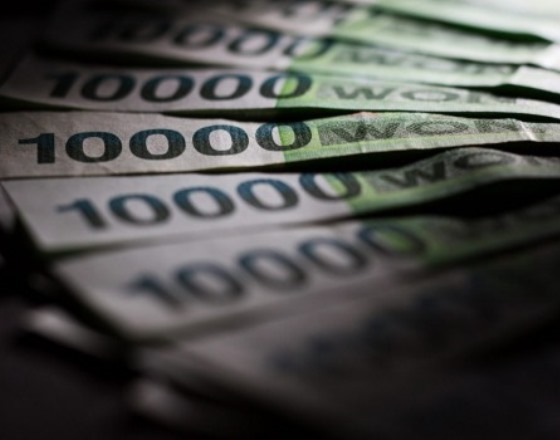
The Reserve Bank of Australia is investing in South Korea's currency, allocating 5 per cent of its reserves to the won.
"This investment will further diversify the bank's foreign currency reserves," the RBA said in a statement.
Its foreign currency portfolio now holds seven currencies, with 5 per cent also allocated to the Japanese yen, Canadian dollar, Chinese renminbi and the British pound sterling.
The rest of its portfolio is made up of 55 per cent US dollars and 20 per cent euro.
The move into the won makes sense: it is a currency that has a strong representation on the trade-weighted index in a country with a deep capital market, ANZ senior interest rates strategist Martin Whetton said.
More importantly, they sold out of some of their euro reserves, he said.
"It is a good time to be selling euro reserves given the low yields in Europe," Mr Whetton said.
"They [The RBA] have been slowly reducing their exposure to the yen as well."
Bank of Japan and the European Central Bank have introduced negative interest rate policies, whereby banks must pay to keep reserves in the central bank, in a bid to stimulate lending.
Japan introduced its policy in January and on Tuesday it sold its 10-year bonds with a yield below zero for the first time.
South Korea's central bank is, like in most developed markets, still entrenched in easing mode.
Its official cash rate is 1.5 per cent and has remained at that rate since June, but consensus estimates are for another cut this year.
Mr Whetton said the prospect of lower rates would not concern the RBA.
The investment would have been made on a long-term basis, meaning it was less concerned with the prospects of a rate cut, and therefore the appreciation of bonds, but diversifying its reserves, he said.
original source: http://www.afr.com/markets/currencies/reserve-bank-of-australia-invests-in-south-korean-won-20160302-gn85vp#ixzz41mbiYy00
